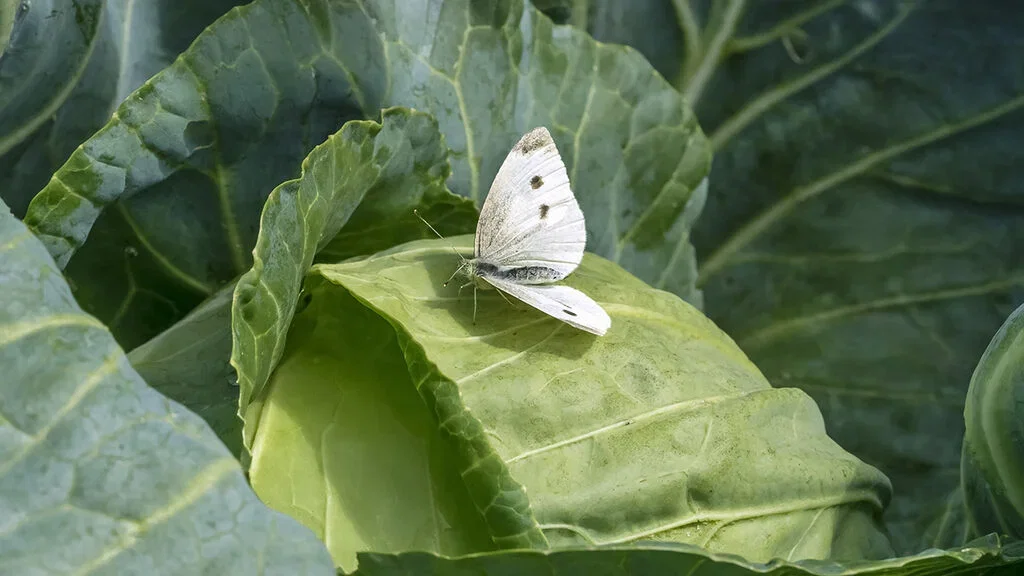The cabbage grower's nightmare - cabbage butterflies, cabbage moths, and cabbage flies
Pests and weeds
It's not just us humans who appreciate cabbage – unfortunately, it's a favorite of many insects. Cabbage moths, sedge moths, rape moths and cabbage flies are some of those that like to munch on the leaves. To win the battle for your crops, they need to be fought early and aggressively. Here are some tricks that will help.





Written by Liselotte Roll
Swedish garden inspirer, journalist and author of books about nature, cultivation and animals, such as "Soil", "Grow for insects" and "Chickens as a hobby".
Topics:
Pests and weeds




